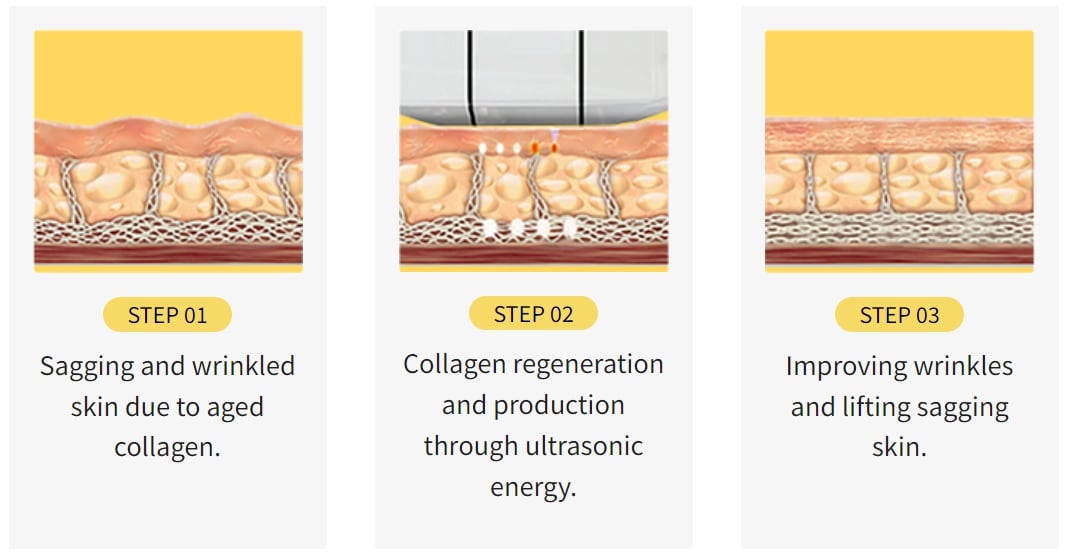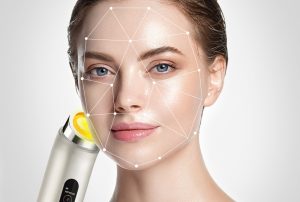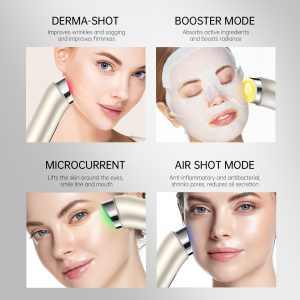Skin-tightening devices are advanced tools designed to address one of the most common signs of aging—loose or sagging skin. They are non-invasive or minimally invasive solutions that improve skin elasticity, tone, and overall appearance. These devices have become increasingly popular due to their convenience and ability to deliver results without the need for surgical intervention. You might have seen terms like radiofrequency (RF), ultrasound, or laser-based technologies associated with these products. But what do they mean? Let’s break it down.
The Science of Skin Tightening
To understand how these devices work, it’s essential to know a little about our skin. Our skin is made up of three main layers:
Epidermis: The outer layer, acting as a protective barrier.
Dermis: The middle layer, rich in collagen and elastin fibers. These proteins are responsible for skin firmness and elasticity.
Subcutaneous Layer: The deepest layer, primarily made up of fat and connective tissue.

As we age, the production of collagen and elastin slows down, leading to wrinkles, sagging, and loss of skin firmness. Skin-tightening devices target the dermis, stimulating collagen production to restore a youthful appearance.
How Do Skin Tightening Devices Work?
Skin-tightening devices utilize advanced technologies to stimulate the skin’s natural healing processes. Let’s explore the key technologies:
1. Radiofrequency (RF) Technology
How It Works: RF devices deliver controlled heat to the dermis using electromagnetic waves. This heat stimulates collagen and elastin production without damaging the surface of the skin.
Benefits: Improves skin elasticity, reduces wrinkles, and tightens sagging areas.
Example: RF devices are popular for treating areas like the jawline, neck, and arms.

2. Ultrasound Technology
How It Works: Ultrasound devices use high-frequency sound waves to penetrate deep into the skin. This energy boosts collagen production by targeting specific layers beneath the surface.
Benefits: Ideal for lifting and firming areas like the cheeks, brow, and neck.
Example: Many at-home ultrasound devices replicate the technology used in clinical treatments.

3. Laser-Based Technology
How It Works: Laser devices use focused light energy to heat the dermis. This process promotes collagen remodeling and skin renewal.
Benefits: Effective for tightening and improving skin texture, especially on the face and hands.
Example: Fractional lasers are commonly used for skin resurfacing alongside tightening benefits.

Tips for Using Skin Tightening Devices at Home
- Cleanse Your Skin: Start with a clean face to ensure better penetration of energy waves.
- Use Conductive Gel: Most devices require a gel to ensure smooth movement and effective energy transfer.
- Follow Instructions: Adhere to recommended usage frequency and duration to avoid over-treatment.
- Be Consistent: Regular use yields the best results.
Skin tightening devices are revolutionizing the way we approach aging and skin care. With the right device and consistent use, you can achieve noticeable results and regain your skin’s youthful firmness. Contact us below if you have questions or want to see specific product recommendations.


